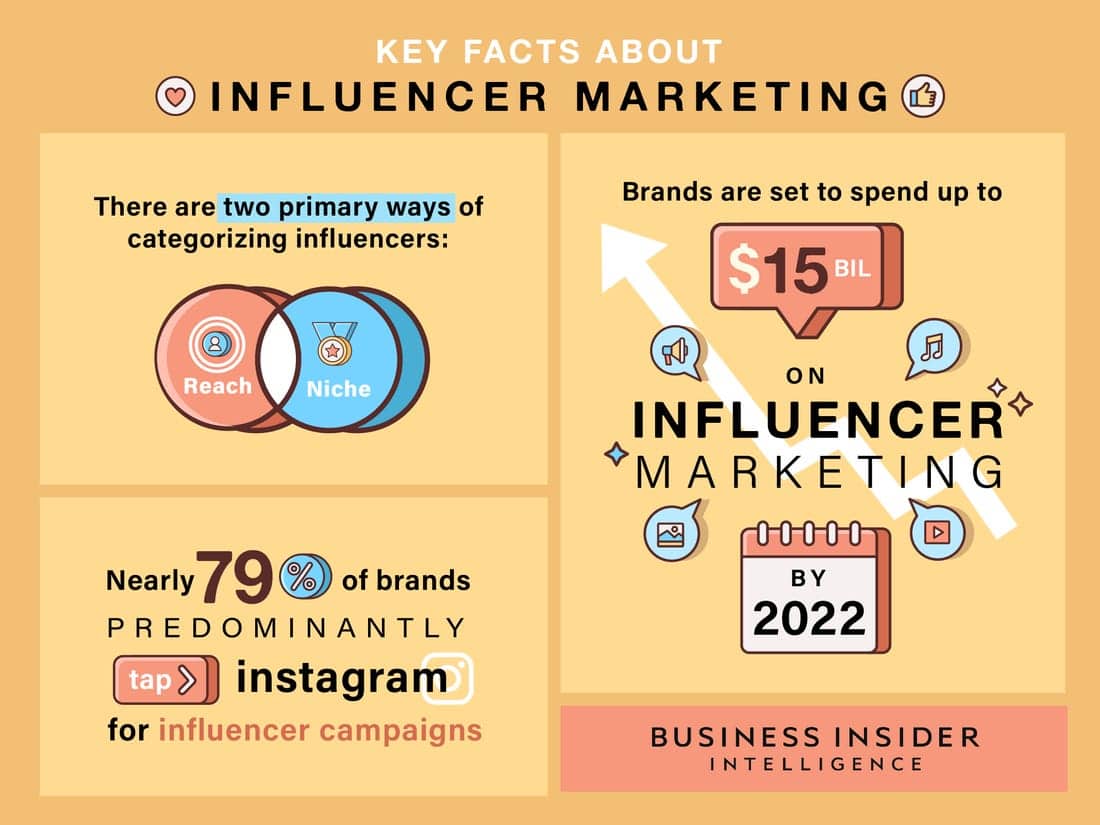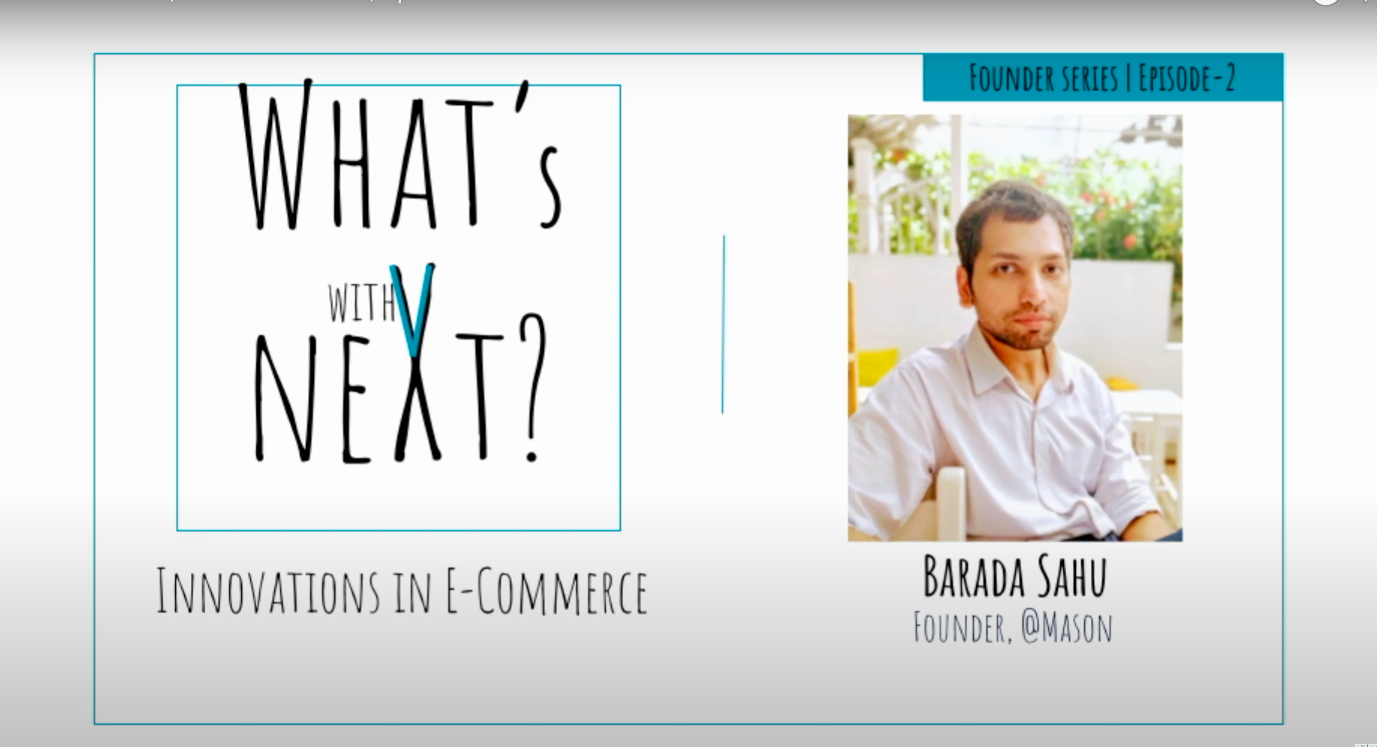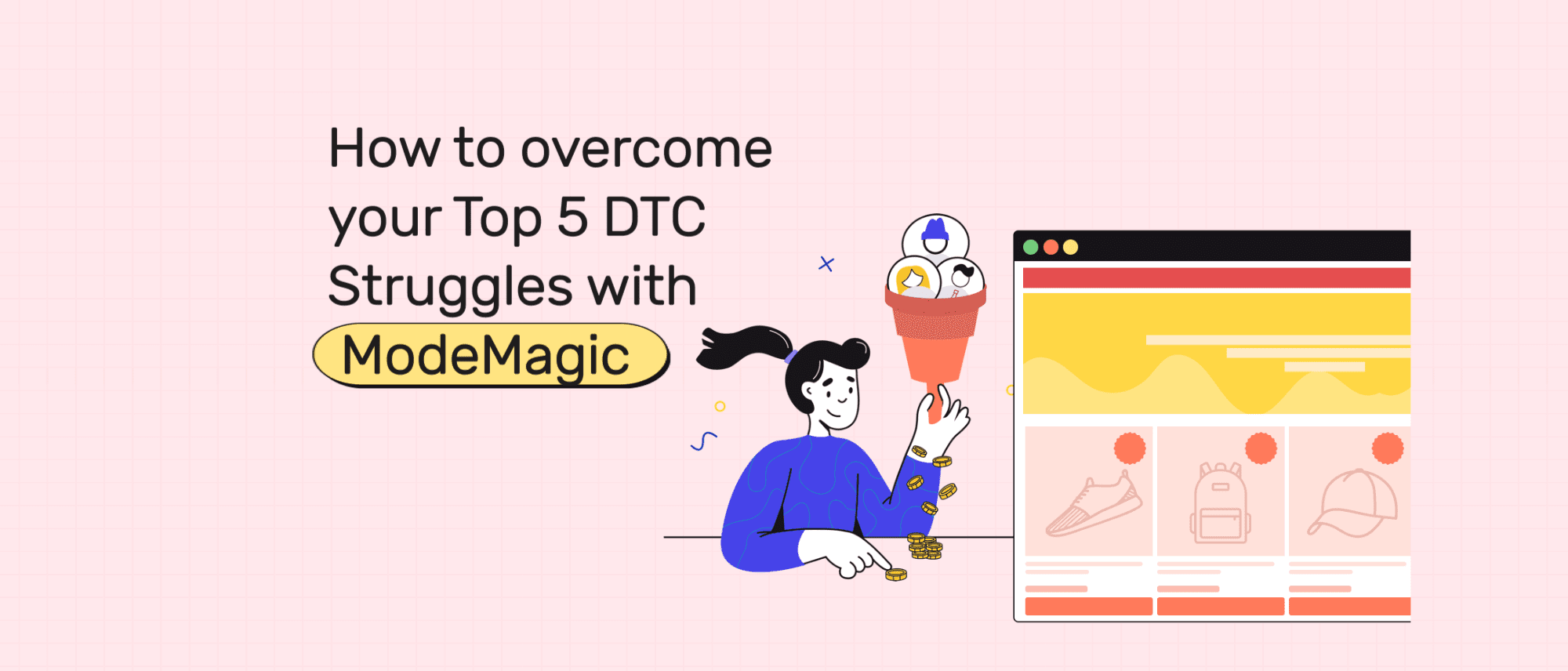Whether you’re going to be outsourcing marketing your Shopify store, or you plan to do it yourself, you need to understand the basics.
We’re here to make that easy on you!
Terms for Reporting/Analyzing Success
Traffic
This means the number of users coming to your store – literally the “traffic” in your online store. Analytic tools help you understand how many new users are coming in, how many are coming back, how much time they’re spending there and more. So the next time someone asks you if your social media posts bring in much “traffic”, you know what to say!
Conversions
A ‘conversion’ happens when a user on your website “converts” into a customer i.e. when you close a sale on your website.
Related terms include:
Conversion rate
The number of conversions you see on your website for the total number of visitors. The conversion rate is usually expressed as a percentage value and is calculated by dividing your number of conversions by the total number of visitors, multiplied by 100
Conversion Rate Optimisation (CRO)
Optimizing the number of sales you make in relation to the number of users that visit your site
Cost Per Conversion (CPC)
How much you spend (across advertising, marketing, etc.) for each sale/converted customer
Customer Lifetime Value (CLV)
The ideal customer is one that keeps buying from your store again and again. While you may spend a few marketing dollars acquiring that customer in the first place, the value that a long-term customer brings to the table is far higher over the long term – he/she has a high Customer Lifetime Value. This is one of the most important measures of success for your store!
The folks at Clevertap aptly showcase the calculation for CLV as:
Average Order Value (AOV)
The Average Order Value represents the average value of each order that you get. It costs a lot more to get a new customer (in terms of marketing spends and effort), so the more each customer spends on their orders, the better your revenue will be. The higher this number, the more successful your store.
Sales funnel/Marketing funnel/Conversion funnel
Every store and customer has a purchase “journey”, where the potential customer first discovers a product, visits your website, compares the product with your competitors, and decides to make a purchase. This journey is called a “funnel” because it’s widest at the top with a large number of visitors to your store, narrowing down to just a few that convert into customers.
Call-to-Action (CTA)
A CTA is a clickable phrase or word on your website that incites the user to take some sort of action. ‘Add to Cart’, ‘Buy Now’, ‘Explore The Collection’ or ‘Get in Touch’ are all calls to action that lead your visitor to a destination you want to take them to.
Terms for Marketing Strategies
Search Engine Optimisation (SEO)
Search Engine Optimisation is the process of optimizing your store to show up on top of search results in engines such as Google and Bing. This is done by experts who know the search engine algorithms and the various backend changes your website will need to keep up with them, and by using great content with keywords.
Paid media
Paid media is a marketing term for the digital ad placements offered by a variety of platforms such as Google, Facebook, Taboola, and independent publishing platforms. Paid media generally falls under 2-3 broad categories:
PPC
Pay Per Click marketing, where you pay for every click or every view of an ad, and where you bid for your ad to be seen on search engines and other websites
Branded content
On platforms such as YouTube or other content publishing websites
Native advertising
Ads that look like the content already being published on the website, usually under the banner of “You should also read”
Content Marketing
Content marketing involves the use of content – of all kinds – to draw in customers, retain them, and turn them into brand loyalists! In fact, a number of marketing channels you’re already aware of come under content marketing, such as –
Email marketing
Email marketing means using email as a medium to market to and engage your customers. When you send order updates to customers, it comes under email marketing. Similarly, when you send out newsletters, sales updates, and new arrivals updates, you’re actually working on your email marketing.
Social media marketing
Who doesn’t know about social media marketing? But besides the usual posting on social media platforms such as Facebook, Twitter, Instagram and LinkedIn, social media marketing also includes activities such as –
Social listening
Looking out for conversations about your brand and your industry
User Generated Content (UGC)
Gathering content that’s created by your customers which you can use to market your brand on social media (such as reviews, videos, or images)
Influencer Marketing
Influencer marketing is most often seen on social media today, and you’re probably not a stranger to it. But “influencers” are not always celebrities or stars – an influencer is any expert in your industry whose opinion has some sway among your customers. You can collaborate with your chosen influencers in multiple ways, depending on the platform commonly used by them…whether YouTube, blog posts, social media, or simply your website.
Check out these influencer marketing facts by Business Insider, part of their 2020 report:

Miscellaneous Marketing Terms
Metrics
Metrics are measures used to analyze the success of your different marketing activities. An important point to note is that metrics will always be quantitative – expressed in numbers as a hard value or a percentage value. AOV, CPC, and CLV, for example, are all metrics.
Return on Investment
Return on Investment or ROI essentially gives you a measure of the gains you’ve made from a particular marketing activity, compared to the money you invested in it. The idea here is that even time and effort are worth a certain cost to you – when you invest time, effort and marketing/ad spends in marketing activity, it should generate an output (such as store traffic, customers, repeat purchases, or testimonials) that are worth the investment.
Buyer Personas
Buyer personas are basically representations of the different types of customers you have – or expect to have – for your business. These personas include details such as age, gender, location, shopping habits, preferred brands, aspirations and more – basically giving you a detailed idea of the types of shoppers that you will be targeting with your marketing & communication.
Market Research
This is the research you conduct to truly understand your customers, the market that your store is in (for example, the women’s fast fashion market), and your competitors. Market research helps you better understand your customers, the size and state of the market and how your competitors are doing, so you can make better business decisions.
That wraps up our quick but comprehensive guide to digital marketing terms for Shopify store owners. The list can get lengthy and there are always new terms on the block so if you have any requests, feel free to get in touch with us. For now, we hope, you’re ready to go out and speak marketing like a pro!






